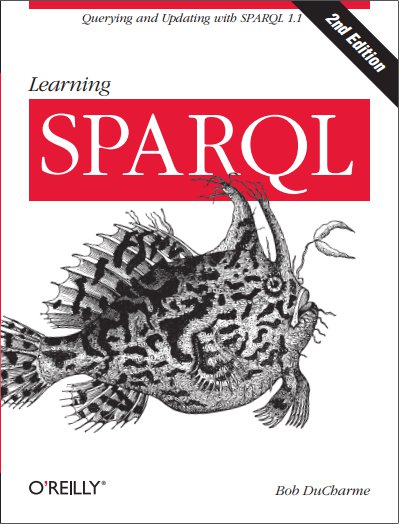In my last blog entry, What is RDFS?, I described how the RDF Schema language lets you define RDF vocabularies, with the definitions themselves being RDF triples. We saw how simple class and property name definitions in a schema can, as machine-readable documentation for a dataset’s structure, provide greater interoperability for data and applications built around the same domain. Today we’ll look at how RDF schemas can store additional kinds of valuable information to add to what we…
RDFS, or RDF Schema, is a W3C standard specialized vocabulary for describing RDF vocabularies and data models. Before I discuss it further, though, I’d like to explain why the use of standardized, specialized vocabularies (whether RDFS itself or a vocabulary that someone uses RDFS to describe) can be useful beyond the advantages of sharing a vocabulary with others for easier interoperability.
I originally planned to title this “Partial schemas!” but as I assembled the example I realized that in addition to demonstrating the value of partial, incrementally-built schemas, the steps shown below also show how inferencing with schemas can implement transformations that are very useful in data integration. In the right situations this can be even better than SPARQL, because instead of using code—whether procedural or declarative—the transformation is driven by the data model…
I’ve been hearing more about the Blazegraph triplestore (well, “graph database with RDF support”), especially its support for running on GPUs, and because they also advertise some degree of RDFS and OWL support, I wanted to see how quickly I could try that after downloading the community edition. It was pretty quick.
Note: I wrote this blog entry to accompany the IBM Data Magazine piece mentioned in the first paragraph, so for people following the link from there this goes into a little more detail on what RDF, triples, and SPARQL are than I normally would on this blog. I hope that readers already familiar with these standards will find the parts about doing the inferencing on a Hadoop cluster interesting.
Once, at an XML Summer School session, I was giving a talk about semantic web technology to a group that included several presenters from other sessions. This included Henry Thompson, who I’ve known since the SGML days. He was still a bit skeptical about RDF, and said that RDF was in the same situation as XML—that if he and I stored similar information using different vocabularies, we’d still have to convert his to use the same vocabulary as mine or vice versa before we could use our…
OK, it’s a rhetorical question. I know the answer: we can attach metadata to class and property declarations, so when we know that a given instance is a member of a particular class and has certain properties, if those are declared, we know more about the instance and can do more with it, not least of all aggregate it more easily with other data that uses the same or related classes and properties.

